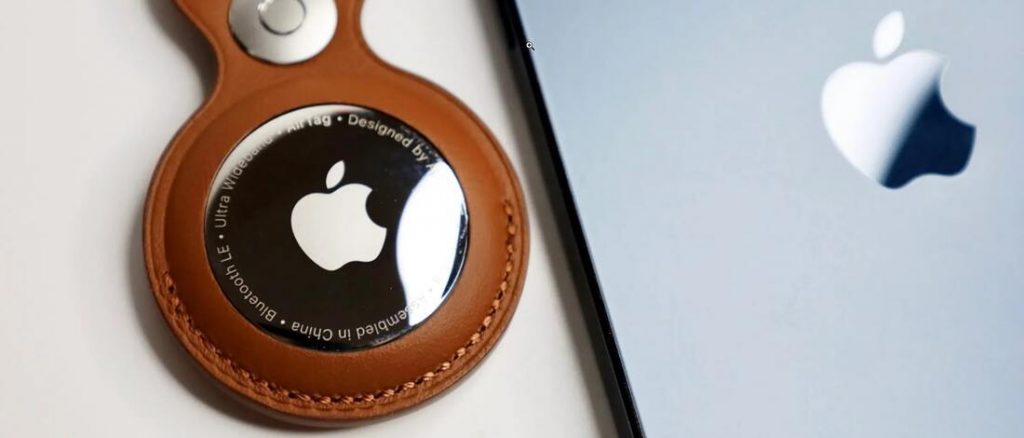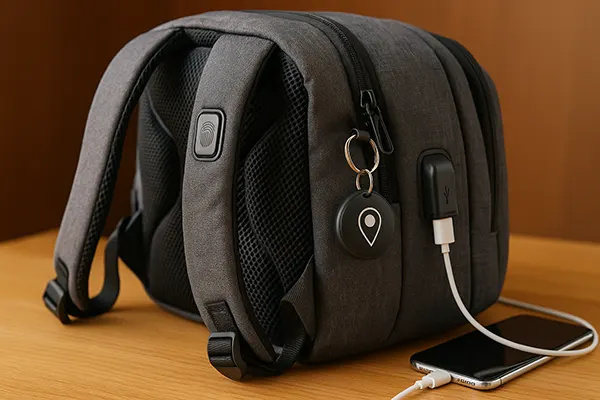Apple AirTag smart tag review

Apple has announced the release of AirTag – a smart device that allows you to keep your valuables and things you need and find them in case of loss – for quite some time, but the long-awaited event took place only relatively recently.
Often such delays are harbingers of disappointed expectations and unfulfilled hopes, but not this time.
Apple pleased fans of its products with a very thoughtful and interesting development in many aspects.
Two variants of AirTag smart tags are on sale: you can buy just one device, or you can buy a set of four, where one unit costs a little cheaper than buying one tag. The device is attached to a special leather keychain with a ring or leather and polyurethane pendants. These are also available on the market.
You should be prepared for the cost of keyrings and pendants, which is comparable to the cost of one device. Alas, this is Apple’s policy: branded accessories from the company often do not cost less than the “Apple” electronic devices.
Of course, you could try to adapt some other keychain for AirTag, or get creative and create your own attachment. But how many people nowadays with such creative and craftsmanship “vein”? And the main thing: Apple products consumers are people, who value their time, which they can turn into good money, and therefore are ready to pay good money for a quality product just not to waste their precious time unproductively and have unnecessary morons.

However, for not wealthy consumers, there will probably be inexpensive third-party accessories on sale soon, but for now you can only buy the original, Apple-made ones.
AirTag, like all Apple products, comes in a minimalist cardboard box, the back of which includes instructions for properly attaching the tag to a keychain or pendant, and inside – the product and the user manual.
The device itself is a “tablet” with a diameter of 30 millimetres. The housing is made of white plastic with stainless steel overlays with a mirror surface. The front side features the manufacturer’s logo and information about the device.
The power source is a CR2032 battery, used in many models of watches, so it is not difficult to find on sale.
After unpacking, the device needs to be “paired” with your Apple device. It’s quite simple: you will immediately see an appropriate notification on the screen, as well as an invitation to give the device a “name” like “Keys (Andrey)” or “Bag (Svetlana)”.
Further on, one should follow the program’s advice and activate the “Locator”, which will help the user to track the location of the item “being tracked” by the smart tag. With the help of the “Locator”, the user can determine where the item is located. This can be done using any Apple device connected to an Apple ID.
If the item is in the flat, it can be found using the tag’s built-in speaker that can be switched on remotely from an iPhone, iPad or MacBook. The speaker on the AirTag is relatively loud, producing a non-intrusive sound that resembles birdsong. However, if the thing in question is in a bag or briefcase, the sound on the loudspeaker is too weak to be heard quickly. You have to strain your ears.
The device is equipped with an innovative chip Apple U1, allowing, if necessary, to create a route on a map of Apple from the location of the user to the right thing with a mark. However, this function doesn’t work in Russia due to the lack of support for the required communication standard in the country.




